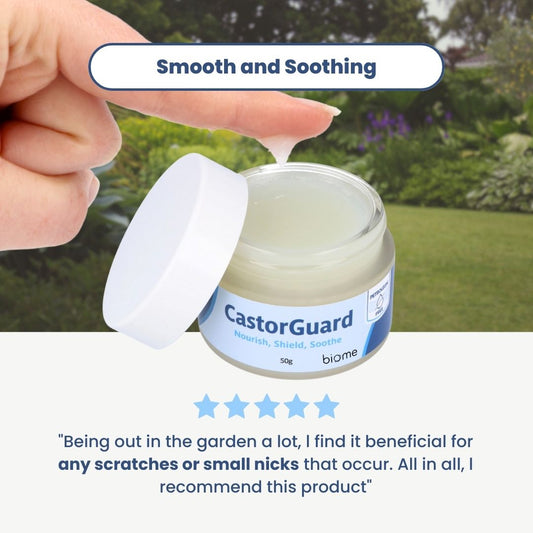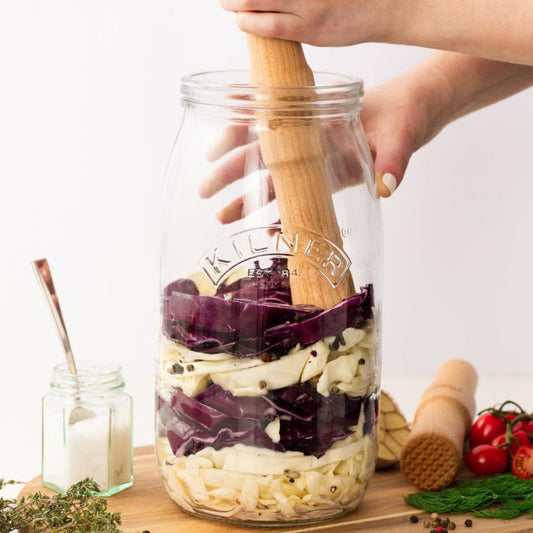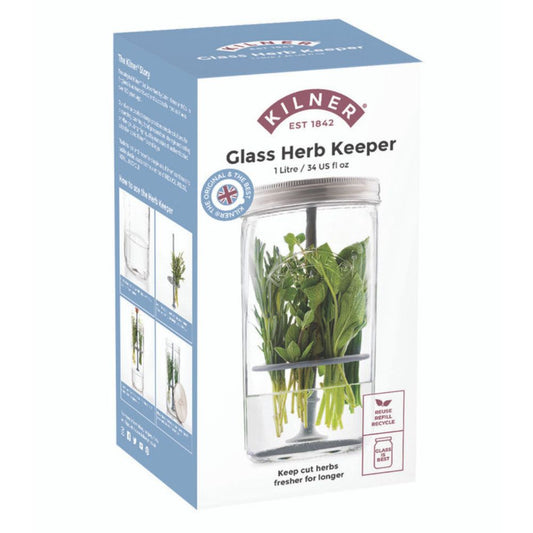Organic cotton, organic linen, lyocell – what is the most sustainable fabric? This is one of the many questions consumers are asking themselves these days.
As we become more aware of our own environmental impact and sustainability in general, what was once a simple question of which top to buy has now become more complex.
It’s no longer enough for an outfit to simply look or feel good. Consumers are turning to slow fashion principles and pushing aside greenwashing marketing schemes to find the most ethical, sustainable clothing options available to them. And it all comes down to the fabric.
What is Sustainable Fabric?
The more processed the fabric is, the more chemicals required to treat it. Similarly, the less ethical a clothing brand’s practices are, the less sustainable the fabric becomes.
For a fabric to be considered sustainable, three things must be taken into consideration.
- Source: Where is the material being sourced from? Is it an animal byproduct? Is it being mass farmed and impacting biodiversity? Is it being sustainably harvested, or repurposing waste material?
- Treatment: What is required to treat and process the material for it to become usable? Does it need to be bleached, dyed or sprayed with chemicals? Or does it simply need to be weaved or knitted?
- Lifecycle: How long will it last? And once it has been used, what happens next? Can it be repurposed or re-used? Is it biodegradable, or is landfill the only option?
Therefore, the most sustainable fabric will be one that has the least amount of negative impact on the communities and ecology it is sourced from, has the longest lifecycle, and isn’t destined for landfill, like 84% of the textiles industry.
So, now that we have a gauge of what a sustainable fabric is, let’s explore a range of fabrics, from deadstock fabric to Econyl, and assess which is the most sustainable.
Lyocell
Lyocell is a silky, antimicrobial and wrinkle resistant fabric made from cellulose, a derivative from trees like bamboo, eucalyptus and beech.
The organic source of lyocell doesn’t require pesticides, fertilisers or irrigation to grow, making it an incredibly sustainable option.
When harvested ethically, these organic sources are renewable, and can often grow in regions where other alternatives cannot.
The process of turning cellulose into lyocell is incredibly sustainable too. It champions a closed-loop system where over 99.5% of the chemicals (solvents) used in production are recycled and reused, and only require a small amount of energy and water to run. And for that 0.5% of waste remaining, it’s non-hazardous, making it safe to dispose of.
As for the fabric itself, it’s incredibly durable and long lasting, making it a great fabric choice for your day-to-day clothes.
And once you can no longer wear, mend, upcycle or re-gift your garments, it’s 100% biodegradable, meaning it doesn’t have to end up in landfill.

Organic Cotton
As the name suggests, organic cotton is made from the same material as conventional cotton, just without the environmental impact.
While conventional cotton is grown using GMO seeds, pesticides, insecticides and harmful fertilisers, organic cotton is not. And in the process, uses 71% less water than its counterpart.
In turn, organic cotton goes the distance. Garments are higher quality, all while being softer and more durable.
And you can find options that are ethical, too. Like this 100% fairtrade cotton dress that isn’t just organic, but also supports the living conditions of the people who made it.
Organic Linen
Flax (also known as linseed) isn’t just an excellent substitute for eggs, but also produces a sustainable fabric alternative we often refer to as linen.
Not only does flax require less resources, like water, energy and fertiliser, to produce than cotton or polyester alternatives, but it produces very little waste as the majority of the plant can either be harvested for fabric or food.
And the best part? It can grow in even the poorest soil conditions, making this fabric sustainable even if it hasn’t been grown organically, making this one of the most sustainable fabrics available.
Garments made from linen are strong and durable thanks to the thick nature of flax’s fibres, so these everyday clothes will last longer than synthetic alterntvies. So, whether it’s a dress or long sleeve shirt that’s a wardrobe staple, if it’s made from linen, you won’t have to worry about it degrading for years to come.
Deadstock Fabric
While choosing the organic and ethical virgin fabrics are great, we can’t ignore the less-than-sustainable fabrics that already exist.
Rather than throwing away stock that is unsellable for some reason or another, fabric can still be considered as sustainable if it prevents unnecessary waste from ending up in an incinerator or landfill.
And there are a range of brands that purchase genuine leftover materials, crafting creative collections, and in the process bringing new life to an otherwise unwanted resource.
Recycled Fabric
Similar to deadstock fabric, recycled fabric uses materials that would otherwise have ended up in landfill. Most commonly, recycled fabric features PET (polyethylene terephthalate) which is generally sourced from recycled plastic bottles.
Econyl is a great example of recycled fabric, but made from something a little more unique. Created by an Italian firm called Aquafil, it repurposes synthetic industrial waste like fishing nets, plastic and waste fabric to create sustainable, durable fabric alternatives.
This not only provides a better alternative to virgin nylon, which requires a large amount of water to produce, but also helps clear our waterways of harmful industrial waste.
While the process is certainly not chemical free, and doesn’t feature organic material, it does repurpose existing materials and saves precious resources from an otherwise single-use life.
So, just like garments made from deadstock fabric, garments made from recycled fabric are still considered sustainable.
These Amber Days Julie Leggings that are made of 80% GRS recycled plastic, and only 20% virgin lycra. They’re therefore a far more sustainable option than other activewear made solely from virgin lycra.

The Takeaways
In summary, there are plenty of options when it comes to sustainable fabrics. In terms of what fabric is most sustainable, organic linen appears to have the lowest environmental impact, while being incredibly durable.
But, it all depends on what type of garment you’re looking for, how long you intend to keep it, and what you can do with it once it can no longer be worn, mended, upcycled or gifted.
Organic linen, organic cotton and lyocell fabrics are great for day-to-day clothing as they’re durable, breathable and are biodegradable, allowing you to avoid landfill once they’ve run their course.
As for activewear options where a little bit of stretch is required, deadstock fabric or recycled fabrics like Econyl will be your best bet. While they may still require to be disposed of in landfill, at least these fabrics were given an extra life, making them more sustainable than virgin nylon options.


































